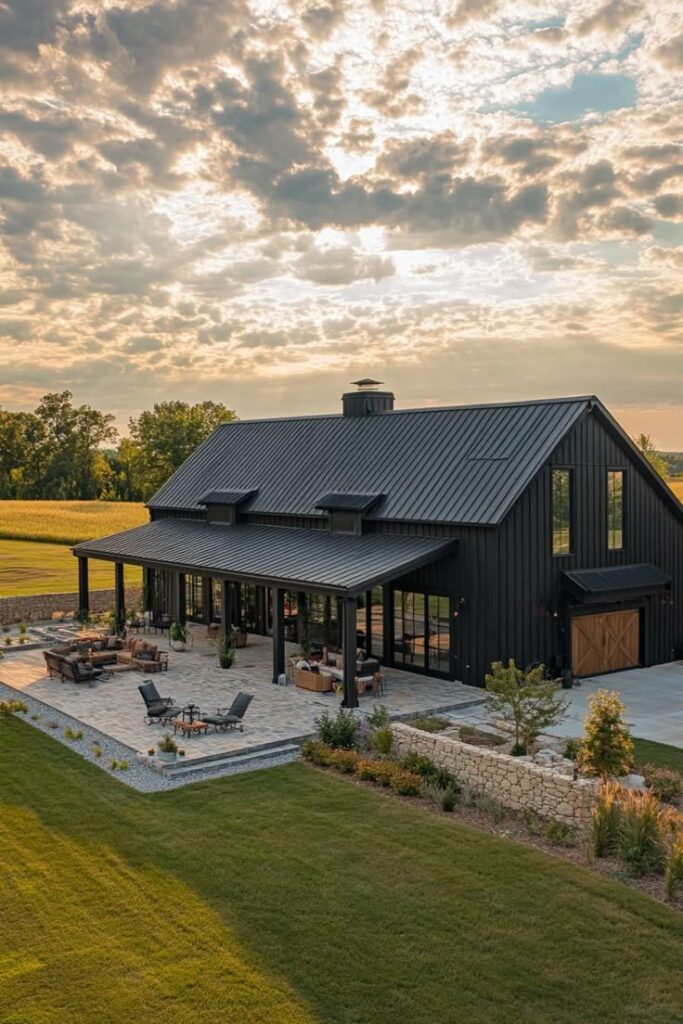Building the perfect home goes beyond choosing the right design or furnishings. Rather, it starts with thoroughly evaluating whether the property is truly suitable for construction. Key factors such as land condition, zoning regulations, environmental risks, and access to essential services are critical in determining whether the property is right for your vision. By addressing these details early on, you lay the foundation for a smoother, more successful building journey.
Skipping this vital step can lead to unexpected costs, construction delays, legal issues, and serious safety concerns. What first appears to be an ideal property could quickly turn into a costly mistake. That’s why, when planning to build your dream home, it’s crucial to work with master builders NZ homeowners trust to ensure you get quality results tailored to the local environment.
Not sure if the property you’re eyeing is worth building on? We’ll guide you through key considerations to help you start your new home on solid ground.


1. Examine Land Condition and Soil Quality
Before starting any building project, it’s crucial to evaluate the land’s condition and soil quality. Some types of soil, such as clay or sandy soils, can pose significant challenges for construction, particularly when it comes to the foundation. Similarly, contaminated soil or land with poor drainage can also complicate building efforts.
If the land is unsuitable, you may face expensive foundation repairs or even delays in construction. In the worst case, it could prevent building altogether, making it essential to assess the soil thoroughly before committing to the land.
2. Verify Zoning and Building Regulations
Zoning laws dictate how you can use the land and what type of construction is allowed. These regulations may include restrictions on building size, height, or design. In New Zealand, local councils enforce specific zoning laws that determine what can be built on a property, and these laws can vary from one region to another. It’s important to ensure the property is zoned for residential use and that your plans comply with local regulations and codes.
Ignoring zoning and building regulations can lead to fines, legal troubles, or even the need to tear down part of your house if it doesn’t meet the required standards. Always check local laws before moving forward to avoid unexpected roadblocks.


3. Confirm Access to Utilities
Access to basic utilities such as water, electricity, gas, and sewage is vital for a comfortable and functional home. Ensure the property has easy access to these services, or determine what will be required to bring them to the land. Without these utilities, construction can be delayed and costs may escalate. A lack of essential services could also make the property unbuildable, so it’s critical to confirm the availability of utilities early in your evaluation.
4. Assess Environmental Risks and Natural Hazards
Every property comes with its own set of environmental risks, from flooding and wildfires to landslides or earthquakes. It’s important to check whether the property you’re considering is in a high-risk area and consider how this could impact both your safety and long-term plans.
Failing to take these risks into account could lead to significant property damage, higher insurance premiums, or, in the worst-case scenario, the destruction of your home. Therefore, make sure to assess potential hazards so you can plan accordingly and mitigate any threats.
5. Evaluate Land Access and Topography
Access to the property and the land’s topography are crucial factors in the construction process. If the land has steep slopes or is difficult to reach, it can significantly increase both the time and costs involved in preparing the site for building. Challenging terrain may require costly excavation or roadwork, potentially causing project delays. In some cases, it could even render the land unsuitable for construction, making it essential to have a clear understanding of the property’s layout.


6. Consider Proximity to Infrastructure and Amenities
The location of your land plays a significant role in both your quality of life and the value of your home. Being close to schools, shops, public transport, and healthcare makes daily life more convenient and can also enhance the property’s future resale value.
If the land is far from essential services or infrastructure, it might be less convenient and could drive up living costs. Moreover, remote locations might make it more expensive to set up utilities or improve infrastructure, adding unforeseen expenses to your project.
7. Analyse the Cost of Land and Property Taxes
The cost of the land itself is a major factor to consider, but don’t forget to factor in ongoing costs like property taxes as well. High land prices combined with steep tax rates can stretch your budget, leaving less room for construction and other expenses.
In New Zealand, property taxes are typically based on the land’s value, with rates varying depending on the local council, so it’s important to factor these costs into your financial planning. If you’re not prepared for high taxes or ongoing costs, you may find yourself financially burdened in the long run. Ensure the total cost of owning and developing the land fits within your budget.
Taking the time to properly assess a property is crucial for a successful home-building journey. Be sure to evaluate the factors discussed above to avoid costly surprises and guarantee that your dream home is built on a strong foundation. With the right property secured, you’ll be one step closer to creating a space that truly feels like home.
- 6shares
- Facebook0
- Pinterest6
- Twitter0


